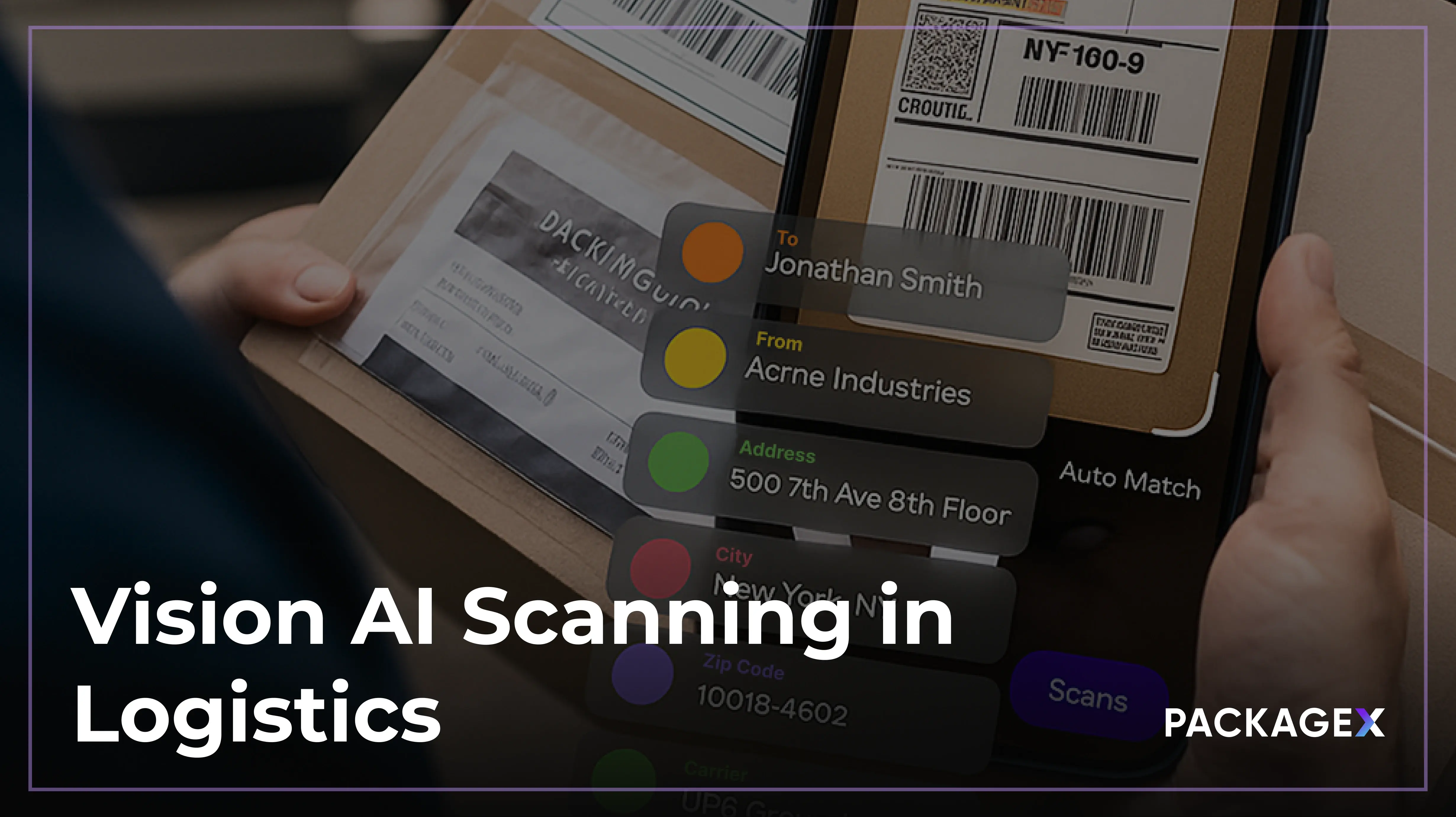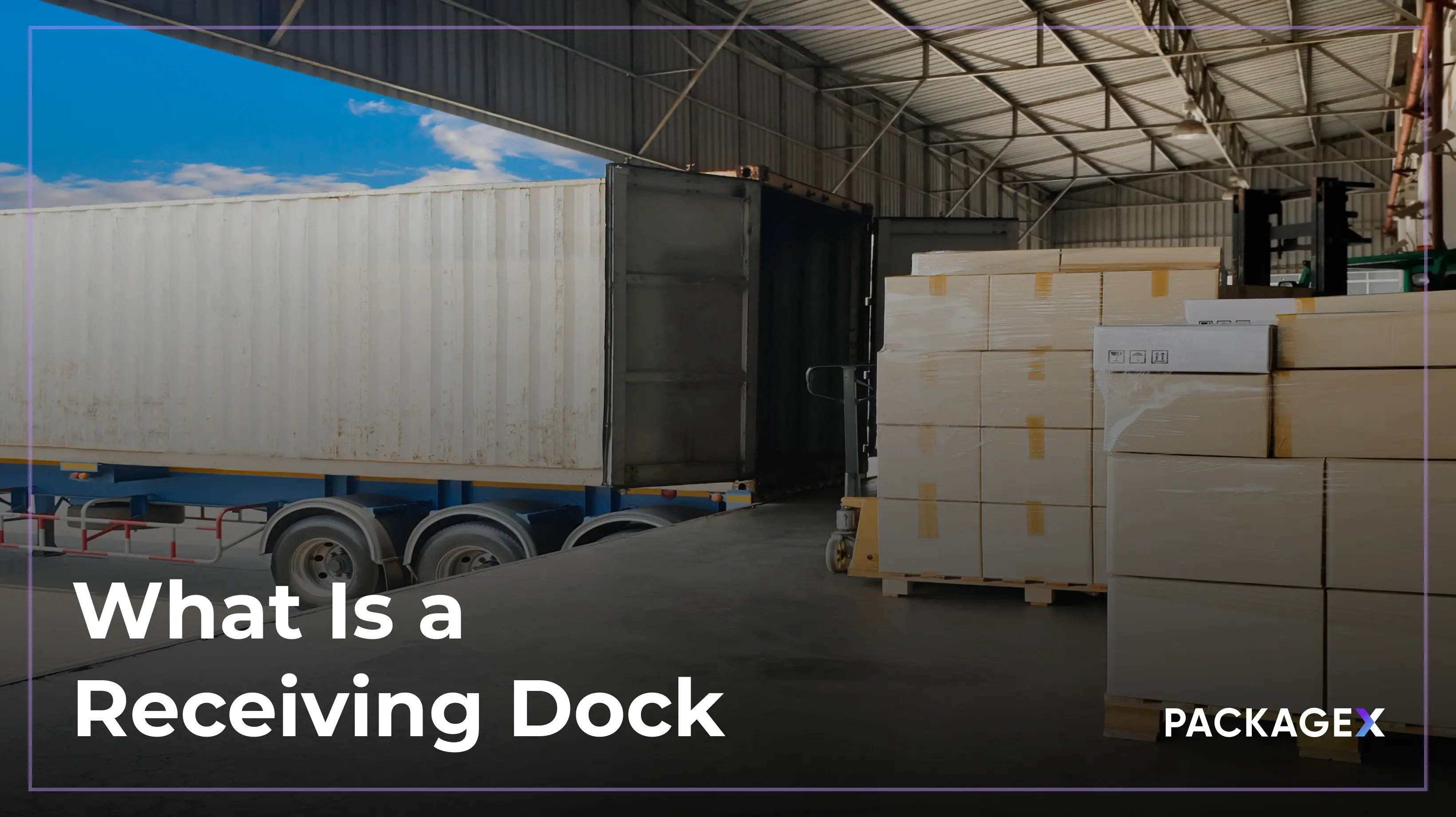Creating shipping labels efficiently is a crucial component in the smooth operation of an ecommerce business. This guide is an essential resource for ecommerce entrepreneurs aiming to refine their shipping and fulfillment strategies. We delve into the details of formatting and customizing labels to include all necessary information, such as the recipient's address, package weight, and tracking number. This ensures that your packages are not only compliant with carrier standards but also present a professional image to your customers.
Moreover, the guide addresses the integration of shipping label creation with your ecommerce platform and inventory management systems. This integration is vital for automating the process, reducing manual errors, and saving valuable time. By automating the shipping label process, businesses can handle a higher volume of orders more efficiently, leading to faster dispatch times and improved customer satisfaction.
We also explore cost-effective strategies for shipping label creation, including bulk printing and negotiating better rates with shipping carriers. These strategies are particularly beneficial for businesses looking to scale up and manage increased order volumes without compromising on efficiency or customer experience.
In addition to the technical aspects of creating shipping labels, the guide emphasizes the role of shipping labels in enhancing the customer experience. A well-designed shipping label can be a part of your brand's packaging experience, creating a positive and memorable unboxing experience for your customers.
What is a Shipping Label, and Why is it Important?
A shipping label is a crucial element of every online order you accept. It’s a sticker placed on packages before delivery containing all the essential information needed to ship them to their destinations. This includes the package’s destination address, return address, contents, tracking number, and weight. Carriers also use all this information to determine shipping rates and methods.
If you fail to place the proper shipping labels on your packages, there’s a good chance they might be delayed, delivered to the wrong addresses, or lost with no means of retrieval.
A recent report on global parcel theft found that almost 42 million parcels in the U.S. were lost or stolen over a year (May 2021 to April 2022), resulting in an estimated $1.8 billion loss for consumers. In e-commerce, customer satisfaction and loyalty are of prime importance, and losing their orders over a small detail, like improper shipping labels, can be detrimental to your business.
Standard Information for Shipping Labels
The reason shipping labels play such a central role in logistics is the information they contain. While various carriers like the U.S. Postal Service (USPS), FedEx, DHL, and others use slightly different templates for their shipping labels, the information fields are usually the same.
Regardless of the template, the standard format for shipping labels includes the following:
- Return address: Includes the sender’s name and address in case the package cannot be delivered to the recipient and has to be returned
- Destination address: Includes the recipient’s name, address, and contact details so that the carrier can reach them to deliver the package
- Package weight: Specifies the weight of the package, including the box and wrapping, so that carriers can determine shipping rates
- Special instructions: Depending on the contents of the package, some shipping labels contain special instructions on its handling, such as “Fragile” or “This Side Up”
- Unidirectional/QR code: Used by machines to scan shipping labels and read the information they contain
- Postal barcode: A unique barcode that can be scanned to access the recipient’s zip code
- Shipping method: Contains details on whether the parcel was shipped through standard, express, or any other shipping method
- Routing number: Used by carriers to route the package to its destination
- Tracking number: Used by customers and sellers to track the package online
If you are new to shipping orders, the sheer volume of information needed to create shipping labels might seem intimidating. Don’t worry! There are many ways to create shipping labels that streamline the process and reduce the likelihood of errors.
How to Create Shipping Labels
It’s possible to buy shipping labels directly from your carrier and manually fill them out, but it’s time-consuming and expensive. This is only sustainable for businesses that aren’t shipping out many orders (less than 10 per week) and that can afford to pay retail rates for postage charges.
It’s much more cost-effective to create your own shipping labels. This lets you enjoy postage discounts and have the carrier pick the packages up directly from your facility instead of dropping them off yourself.
There are various methods to create your own shipping labels, including:
How to Create Shipping Labels through Your Carrier
Most major carriers, including USPS, FedEx, DHL, and UPS, allow you to create your own shipping labels. This is the perfect solution for e-commerce sellers who ship a low volume of packages every week.
Creating shipping labels through your carrier involves:
- Step 1: Visit your chosen carrier’s website and fill out the shipping label template that they provide
- Step 2: Download the file.
- Step 3: Print the required quantity of shipping labels for your needs
How to Create Shipping Labels Using a Template
You can also create shipping labels using online templates.
There are various online templates available for you to download and use. They include all the essential fields you need to fill in to create a shipping label, such as destination and return addresses, package weight, shipping instructions, etc.
While easy to use, you should keep a few things to keep in mind:
- Make sure your template contains all the required fields for your packages
- Double-check that the template you use meets the specifications set by your carrier
- Choose a template that can accommodate any special instructions for handlers during the shipping process
How to Create Shipping Labels with a Third-Party Solution
Partnering with a third-party solutions provider might be the most convenient method of creating shipping solutions. This method is ideal for businesses that need to send out large volumes of orders and lack the manpower or bandwidth to oversee the process of creating shipping labels.
In addition to letting you create cost-effective shipping labels at a large scale, many third-party shipping partners also offer additional services, such as carrier discounts and advanced reporting tools.
{{returns-webinar}}
Best Practices to Follow When You Create Shipping Labels
Once you’ve mastered how to create shipping labels, your e-commerce business will start to see several benefits. Creating perfect shipping labels helps your business in many ways, such as:
- Improved order fulfillment rates
- Greater customer satisfaction rates
- Reduced shipping and storage costs
- Fewer losses due to returns or unsuccessful deliveries
With these benefits in mind, incorporate the following best practices while creating shipping labels for your e-commerce orders.
1. Clearly Display Special Instructions
Creating the right shipping label begins with understanding your own shipping needs. This is even more important if you are shipping items of a delicate nature or need your order delivery expedited by the carrier. Ensure any special instructions are clearly visible on your shipping label.
2. Make the Label Placement Hard to Miss
Warehouse workers and delivery drivers handle hundreds of parcels daily. If they misread or don’t spot your shipping label, the chances are your package may be delayed or lost. You should ensure the label stays secured to the package until it arrives at its destination and that every handler in the supply chain can easily spot it along the way.
3. Include Every Relevant Field of Information
Even a small blank space on a shipping label can lead to a logistics mix-up, so ensure you fill out every essential field. Double-check the details before sending out the package.
4. Work with a Shipping Partner
Working with a shipping partner can make the shipping process more streamlined. You can partner with many major carrier companies for bulk rates and optimized shipping solutions. Or, you can partner with a third-party logistics provider to outsource every aspect of the shipping process, including creating shipping labels.
Smart Shipping Label Solutions for E-Commerce Businesses
As an e-commerce seller, you can choose from several third-party shipping partners. PackageX offers business owners one of the most comprehensive shipping solutions on the market. It has competitive rates from its network of major carriers, the ability to track packages through their journey, and scale up shipping operations. It also allows you to create shipping labels without hassle.
PackageX subscribers can create shipping labels in bulk at discounted rates. All you need to do is enter the package details, choose your preferred carrier, and complete the payment according to the shipping rates. The software automatically creates labels for same-day or standard shipping.
Shipping labels play a key role in the overall success of your online order fulfillment. Reduce the number of mistakes and improve your shipping operations efficiency by choosing the right partner for your business.

.avif)


